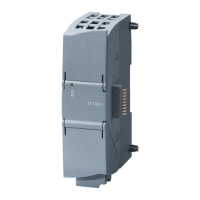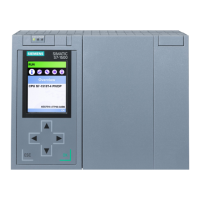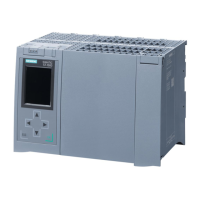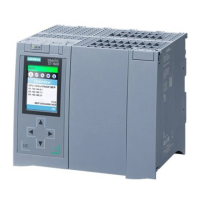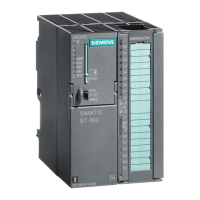Technology instructions
9.1 High-speed counter
S7-1200 Programmable controller
System Manual, 03/2014, A5E02486680-AG
411
High-speed counters use a DInt value to store the current count value. A DInt count value
has a range of -2147483648 to +2147483647. The counter rolls over from the maximum
positive value to the maximum negative value when counting up, and from the maximum
negative value to the maximum positive value when counting down.
Default current value address
If an error occurs, ENO is set to 0 and the STATUS output indicates a condition code.
Table 9- 3 Execution condition codes
HSC identifier does not address a HSC
Illegal value in NEW_PERIOD
Multiple access to the high-speed counter
High-speed counter (HSC) not enabled in CPU hardware configuration
Operation of the high-speed counter
High-speed counters (HSC) can count events that occur faster than the cyclic OB execution
rate. If the events to be counted occur slower than the execution rate of the OB, you can use
CTU, CTD, or CTUD standard counter instructions. If the events occur faster than the OB
execution rate, then use the faster HSC device. The CTRL_HSC instruction allows your
program to programmatically change some of the HSC parameters.
For example: You can use the HSC as an input for an incremental shaft encoder. The shaft
encoder provides a specified number of counts per revolution and a reset pulse that occurs
once per revolution. The clock(s) and the reset pulse from the shaft encoder provide the
inputs to the HSC.
The HSC is loaded with the first of several presets, and the outputs are activated for the time
period where the current count is less than the current preset. The HSC provides an interrupt
when the current count is equal to preset, when reset occurs, and also when there is a
direction change.
As each current-count-value-equals-preset-value interrupt event occurs, a new preset is
loaded and the next state for the outputs is set. When the reset interrupt event occurs, the
first preset and the first output states are set, and the cycle is repeated.

